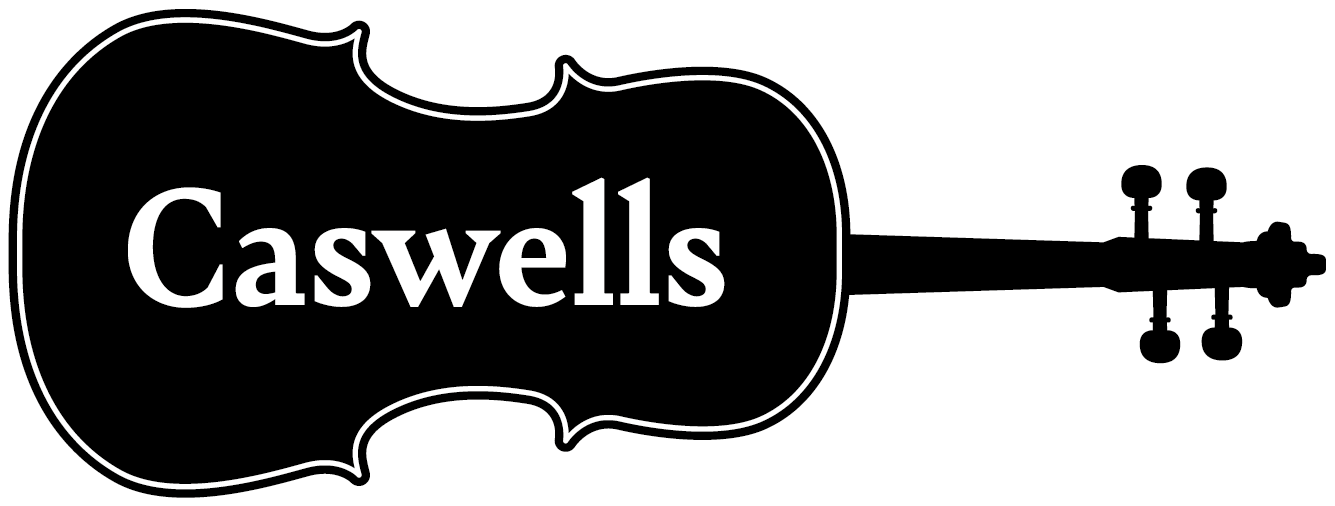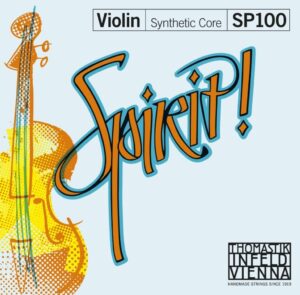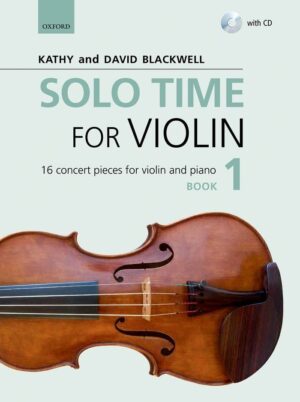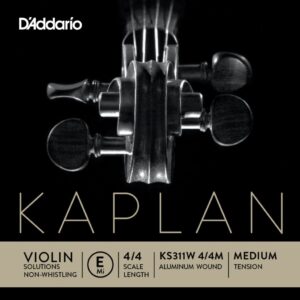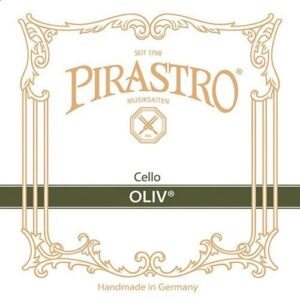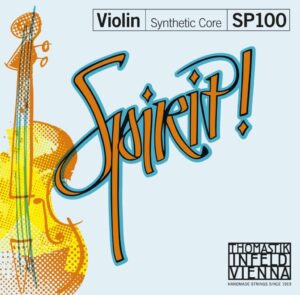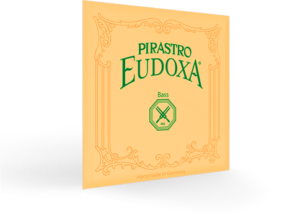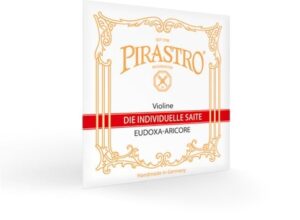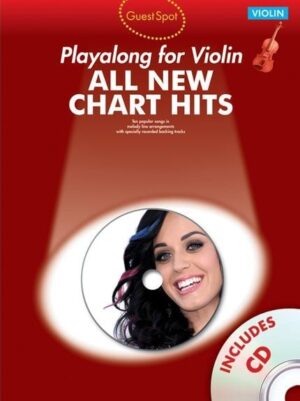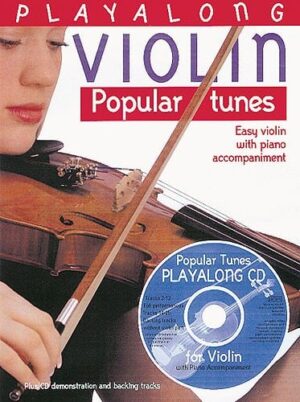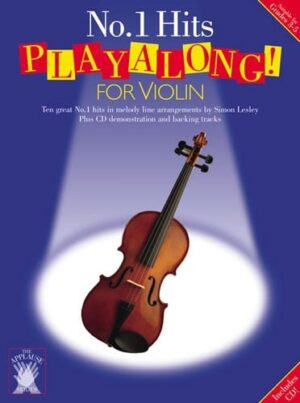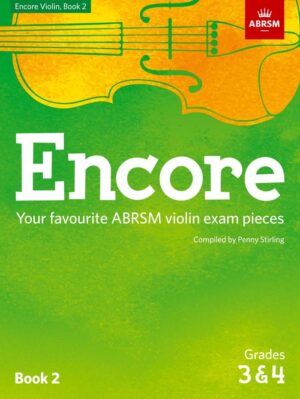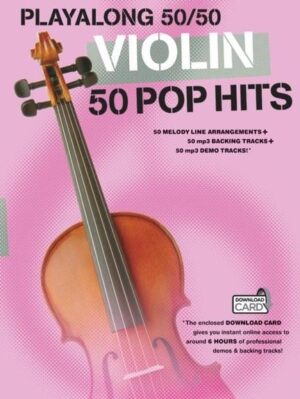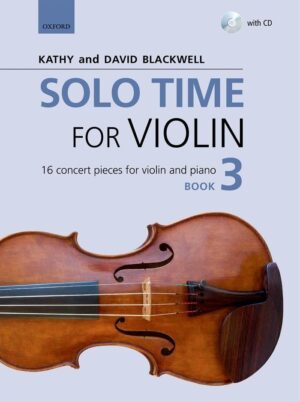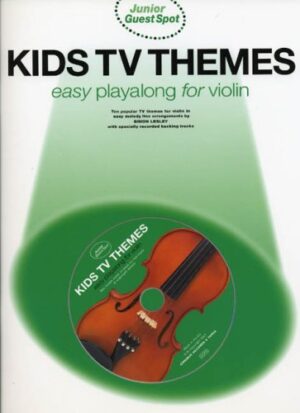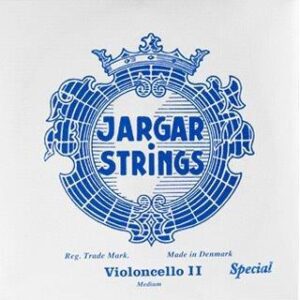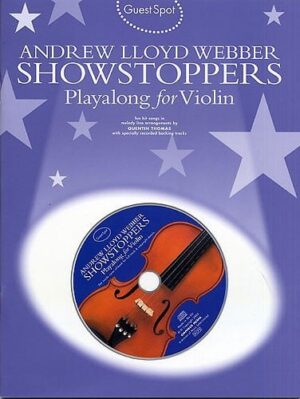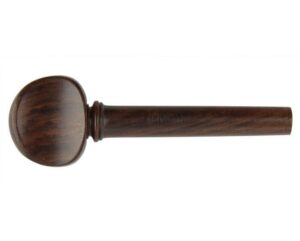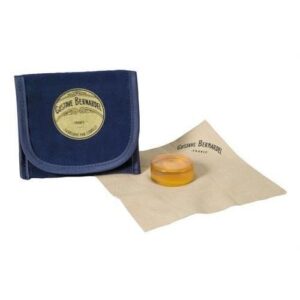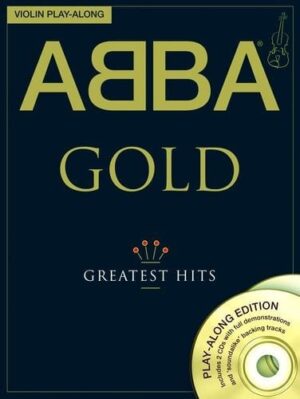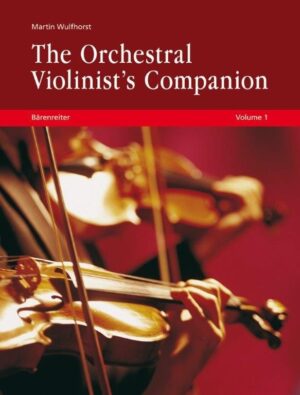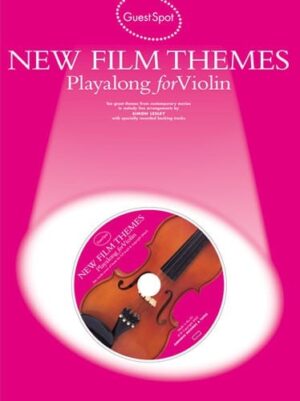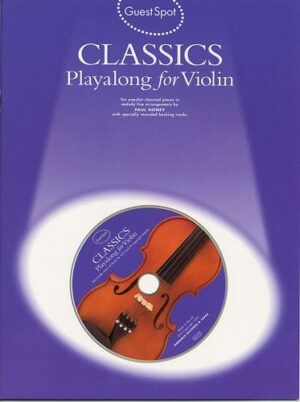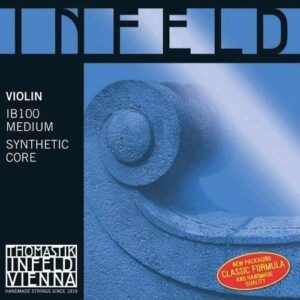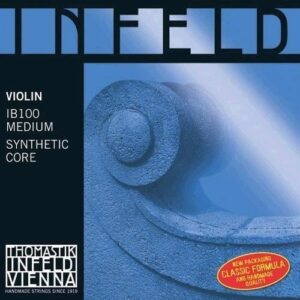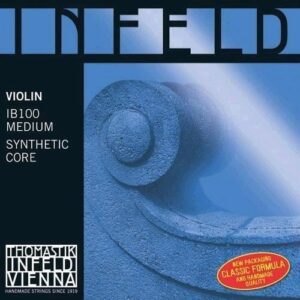We wrote something previously about the ‘whistling’ problem on the E string of your Violin – and the seemingly endless search for the perfect sound. So, what exactly are we searching for?
Laying aside for the moment the issue of a good or bad Violin, the search for the best sound possible from the E string is the subject of some experimentation until you arrive at the perfect string for you! Let’s look at the options to assist in your search, and remember it is often helpful to have an experienced player standing by.
Firstly, you need power and projection, especially on the upper register – but not shrill or strident.
…which leads to the next point that is most importantly the clarity of sound – call it texture, quality or complexity. A cheap string will have the shrillness without the pleasing ring that you are seeking. Thirdly a string that offers responsiveness all the way up the fingerboard. (This presumes, of course, a well set up violin and fingerboard) Finally a string that will last for a reasonable length of time without breaking or losing its purity of tone – with constant playing this should be 6 months or more.
The options then narrow down to a single steel or precious metal string, or a wound string with various core materials. In general, the single string will have more brilliance, focus and power, whilst the wound string will be warmer and more complex – but this is a very general statement, because every string will react differently on different violins. Which brings us back to experiment and trial and error. We have extensive feedback from many players and you can search online and find a thousand differing opinions. The answer is to get a pack of different E strings (they are usually inexpensive) and experiment until you achieve the perfect sound, ease of playing and longevity
Popular single strand E strings. (This is far from an exhaustive list; just our most popular)
- Warchal Amber – Spiral Flexible and warm
- Kaplan ‘non-whistling’ – Old favourite
- Pirastro #1 E – Still the preferred E for many players
- Eva Pirazzi Silvery Steel E – Rich complex and powerful
- Obligato steel E
Wound and plated strings
- Olive gold plated E – warm and flexible vision titanium solo
- Infeld Red E Gold plated
- Larsen virtuoso E – Modern professional string
- Jargar E – Sweet and projecting
- Obligato Gold plated
- Peter infeld platinum plated
- Spirocore chrome wound
- Eudoxa wound
The question of the various precious metals will be the subject of another article
The advent, or rather the evolution of the steel violin e-string over a century ago brought violinists to new heights in their playing. The stability and thinness of a steel wire allowed for greater brilliance, intonation, and speed. However, with the loss of gut’s sweetness and warmth, further refining and improving the capabilities and characteristics of steel E strings is still an endless pursuit of string makers today. More than just a simple steel wire, the full composition and manufacturing method of steel strings involves trade secrets, precious metals, and very high tolerances! The nuances of response, feel, tension, and volume make choosing the right E-string an advantageous feat for musicians today.
Of the four strings on the violin, the E-string is unique. With the exception of baroque violin E-strings, which are generally made from plain gut, the violin E-string is made from steel, offering very different characteristics than the other three strings. However, that’s just for starters – the type of steel, the alloys used, plating materials, windings – all contribute to the vast variety that allows violinists to choose their preferred string, for whatever reasons they wish.
Some strings are plated with different metals, most commonly chrome and tin. Chrome offers a brilliant sound, while tin helps to produce a warm sound. Some strings are plated with precious metals. These metals augment the sound and playing qualities of the underlying steel core. This enables the player to choose the playing and tonal characteristics they want.
Next week we will discuss the differences between Gold, Platinum and Titanium plated strings
